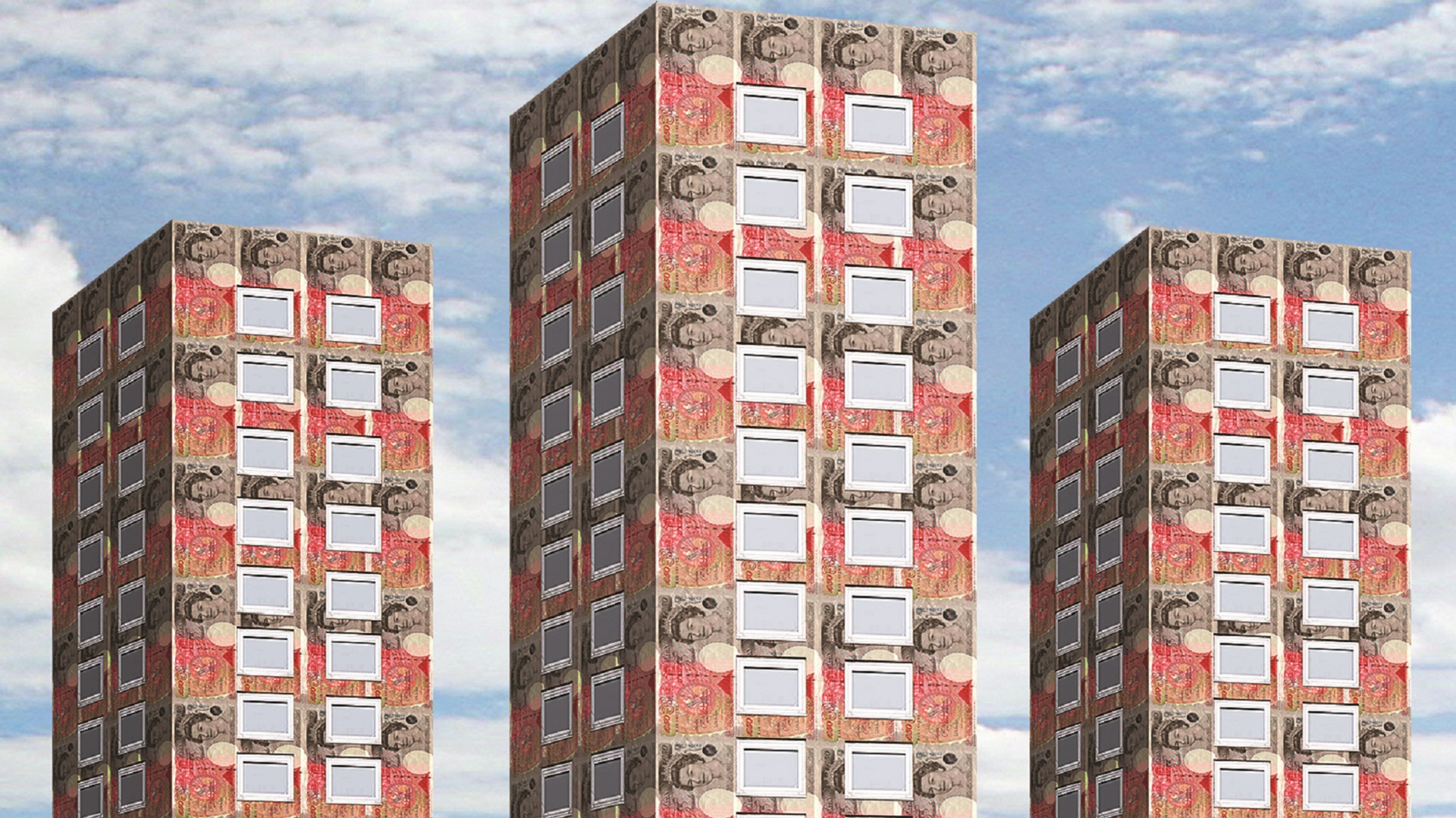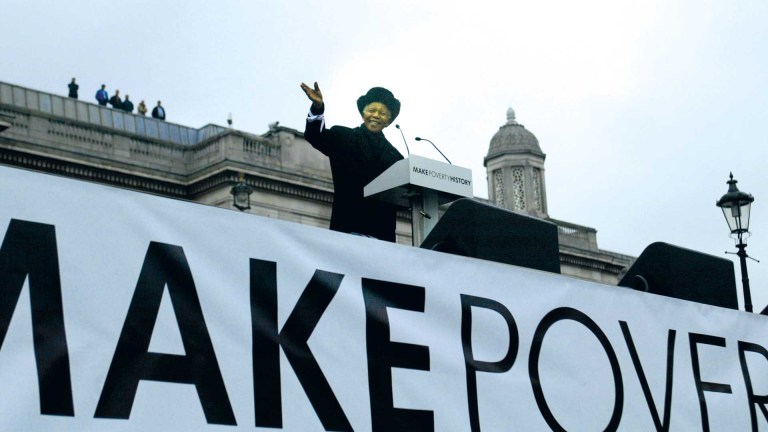The reports prompted a response from the Ministry of Housing, Communities and Local Government, which tweeted: “There have been recent reports suggesting that our £5 billion investment in remediating unsafe buildings will only cover 10% of the total cost. This figure is unsubstantiated and the reports are unreliable and unhelpful.”
But what is the truth?
Facts. Checked
The fact is that the £50bn figure is an estimate and cannot be conclusively verified, but the government’s failure to show its own working on how it arrived at the £5bn figure means it cannot be trusted either.
Where does the £50bn figure come from? It is an estimate from East Midlands contractor Colmore Tang Construction.
The firm used prices for remedial projects on more than 20 typical developments in Leeds, Liverpool and Manchester to come up with the estimate. It found works cost around £4.65m for buildings above 18 metres in height and £2m for jobs between 11 metres and 18 metres.
Advertising helps fund Big Issue’s mission to end poverty
No conclusive survey has been carried out to determine exactly how many buildings of all heights require work to remove ACM cladding. So Colmore Tang uses government Building Safety Programme estimates of how many buildings need an EWS1 (External Wall System) certificate as well as remedial works.
This data shows 5,000 buildings over 18 metres needed the certificate, as well as 35,000 medium-sized buildings between 11 and 18 metres in height. That adds up to a cost of £25bn for the higher buildings and £70bn for the smaller ones. News reports stated that “given the paucity of information generally available and taking an optimistic view” the firm opted to halve their estimate to arrive at a £50bn figure plus VAT.
This is a rough estimate based on first-hand experience of similar work so cannot be completely relied upon, but it does give an idea of the scale of the problem. Colmore Tang are not the only ones who doubt the £5bn Building Safety Fund will be enough. Last June the Ministry of Housing, Communities and Local Government estimated that addressing all fire safety defects in every high-risk residential building could potentially cost up to £15bn.
The committee’s report said: “If the government doesn’t provide additional funding, let us be clear: it means tens of thousands of residents sent massive bills for problems that aren’t their fault, and which, in many cases, will be a financial burden from which they will never recover.”
While the government may well have been right to criticise these stories, this was an opportunity to show its own arithmetic to clear up the debate and prevent more speculation from industry experts.
Ministers face increasing calls from leaseholders in homes with dangerous cladding to ensure they don’t foot the bill for the removal, leaving some at risk of financial ruin. A loans scheme to pay for the work on top of the fund is set to be included in the forthcoming Building Safety Bill, which was announced in the Queen’s Speech. Property developers will also be required to pick up a portion of the bill to remove the cladding.
Advertising helps fund Big Issue’s mission to end poverty
But one thing is certain: no one must be left living in a dangerous home or pushed into homelessness by the costs of removing cladding once the crisis is over.
Worth repeating
The Grenfell Tower disaster will be four years old on June 24
72 people died in the tragedy
It not known exactly how many people lived in Grenfell Tower but it is thought 255 people escaped the blaze, according to the Metropolitan Police










